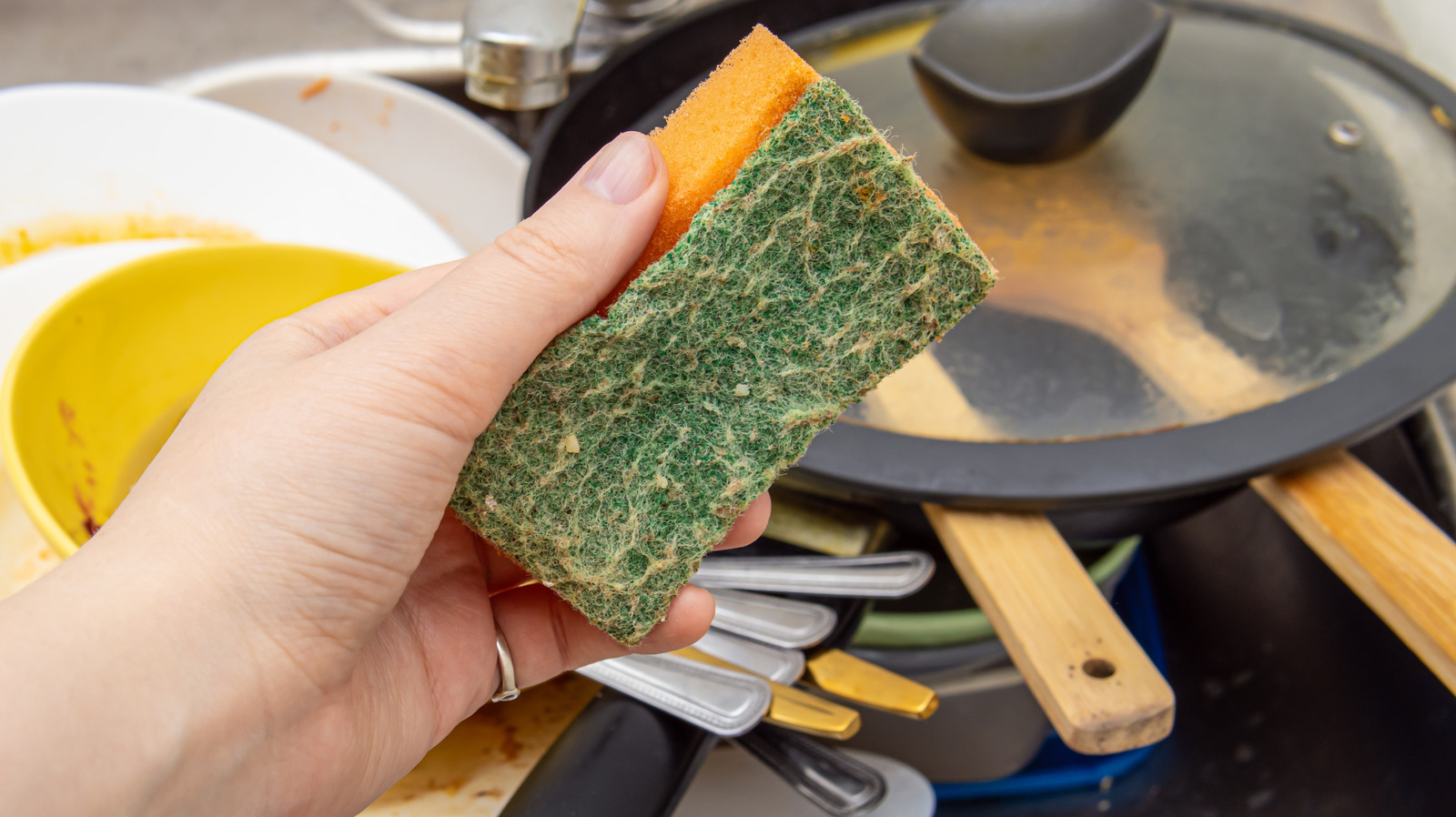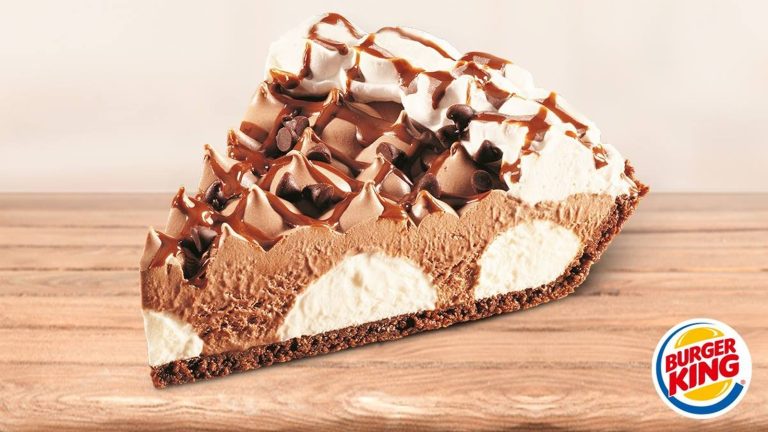Most people don’t need to be told that, out of all the everyday food safety mistakes to avoid, you should be most aware of poor kitchen hygiene, may it be for your plates or your utensils. More often than not, though, it’s actually the most important kitchen tool you own that needs the most cleaning. That would be your sponge, its dawning expiration evident in the musty smell or slimy texture it has taken on. Or maybe it’s just downright dirty-looking, cueing you in that it’s not up to code for dishwashing duty anymore. But before you throw it out, consider some final ways to get extra uses out of it first, then use a simple trick to distinguish it from any clean sponges.
The easiest way to set your old sponge apart from the new one you’ll be using to wash dishes is to alter the former’s original shape. This can be done either by cutting the dirty sponge in half or snipping a chunk from its corners, in turn reminding you that this is the tool to reach for when it comes to sanitizing more forgiving areas of the house –- aka the nooks and crannies that can get away with being touched by a less-than-squeaky clean sponge.
Where you can make use of old kitchen sponges
Now that you can differentiate your repurposed, heavy-duty sponge from the rest, the options of where you can use it are endless. Just keep in mind, however, that according to a 2017 study published in Scientific Reports, dirty sponges can contain around 362 different species of bacteria. That means you won’t want to be using this in places that require the utmost cleanliness, such as high-touch areas like cabinet knobs or sink handles.
Nevertheless, there are plenty of other places your old kitchen sponges can come in handy. The basin of a bathtub, for example, would be a safe place to use them, as would the grout of your floors, which can benefit from the abrasiveness of a sponge in order to remove stubborn residue. Even the interior and exterior of a garbage bin that has been a victim of food spills would be a good candidate. From the bathroom to the basement and garage, the list of areas in your home that can help give your sponge a second life is longer than you think.






